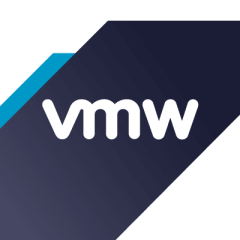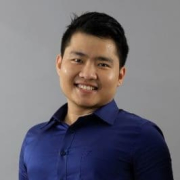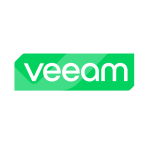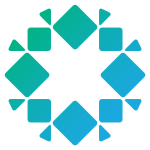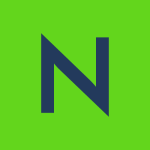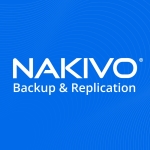VMware SRM is deployed with some clusters. However, if the customer uses a three-tier architecture or other configurations, SRM might not be applicable. The expectation is not always to achieve 100% coverage. SRM is used for virtual machines with stringent SLAs or critical business applications. SRM is often sold in packs of 25 virtual machines, and deployment and functionality testing are conducted based on customer needs.
The simplicity of VMware SRM is one of its most important features. SRM console is straightforward to manage. It offers simplicity in monitoring, managing, and deploying, making it a unique value proposition. Additionally, Nutanix solutions also provide a simple GUI, which helps in operational efficiency.
The solution's recovery processes are very simple but not intelligent because one can easily monitor the replication progress and how the application is going. There is a workflow defined for doing their testing.
I have been using VMware SRM as a partner for ten years.
VMware SRM is a scalable solution due to its ease of documenting virtual machines. The process is straightforward if a customer already utilises 25 virtual machine licenses and requires more. They can execute the addition of the following 25 licenses. Then, they can enable those licenses and add the corresponding virtual machines to their application jobs.
It depends. We have customers using both twenty-five virtual machines and those with more than one hundred virtual machines. Therefore, the usage of VMware SRM varies from customer to customer, resulting in a mix-and-match environment.
The initial setup is very straightforward, depending on the kind and number of virtual machines.
A customer is expecting 25 virtual machines to deploy from the SDR. So, it should not take more than two days of work. If fine-tuning is required, it may take additional time, depending on the bandwidth. It's dependent on the infrastructure and varies case by case based on the bandwidth capability. Data will replicate faster with higher bandwidth, whereas lower bandwidth will result in longer replication times. Depending on the scenario, with good bandwidth, it could be a matter of only 24 hours.
Furthermore, the primary site's data size and change rate also play significant roles. If there are frequent changes at the primary site, it will naturally take more time. Additionally, the size of the primary data is another crucial aspect to consider.
The challenge is the licensing has changed from physical software to core-based, from perpetual to subscription-based.
The pricing for VMware SRM can vary significantly based on factors such as the customer segment, brand, and specific requirements.
The solution is straightforward to deploy and easy since it provides all the SRM functionality, such as security manager, with a seamless experience.
We need to simulate for DLP . We need to freeze the application and do audio testing, and if there is an update on our data site, we need to provide feedback.
Specific solutions are pure-play SRM solutions. This solution acts as a recovery manager because the providers understand the workflow, prepare it, and know the dependencies. For instance, they understand the dependencies between virtual machines and applications, databases, ADA DNS, CSV, etc., and document them in the workflow. This documentation ensures the workflow can be executed properly, leading to a minimal Recovery Time Objective. ADR minimize RTO through automation, improving the workflow within SRM and eliminating the need for third-party solutions for security and other aspects.
Once we receive an order, we initiate thorough planning and documentation. We prepare a comprehensive flow-level design and engage with the customers for confirmation. With a clear understanding of the entire expectation cycle, my team can effectively deploy the solution, ensuring seamless integration.
Maintaining VMware SRM involves setting it up correctly and regularly monitoring it for infrastructure changes. Once appropriately configured and monitored, it operates smoothly unless there are changes at the customer site, such as patch deployments or alterations to authentication or access rights. These changes can potentially lead to application failures. Therefore, ongoing vigilance is necessary to ensure the seamless operation of the solution. Bandwidth issues can also affect performance, so addressing such concerns is essential.
I strongly recommend confirming with the new Broadcom team whether their VMware SRM licensing has changed since the acquisition of Broadcom. They've consolidated their SKUs from over a hundred to ten if there have been significant changes in SRM licensing, features, or functionality.
VMware SRM offers simplicity in disaster recovery solutions. However, it's primarily optimized for VMware environments. If a customer prefers a non-VMware-focused solution at their data centre, SRM may face challenges. Converting virtual machines in such cases can be complex and cumbersome.
Overall, I rate the solution an eight out of ten.

